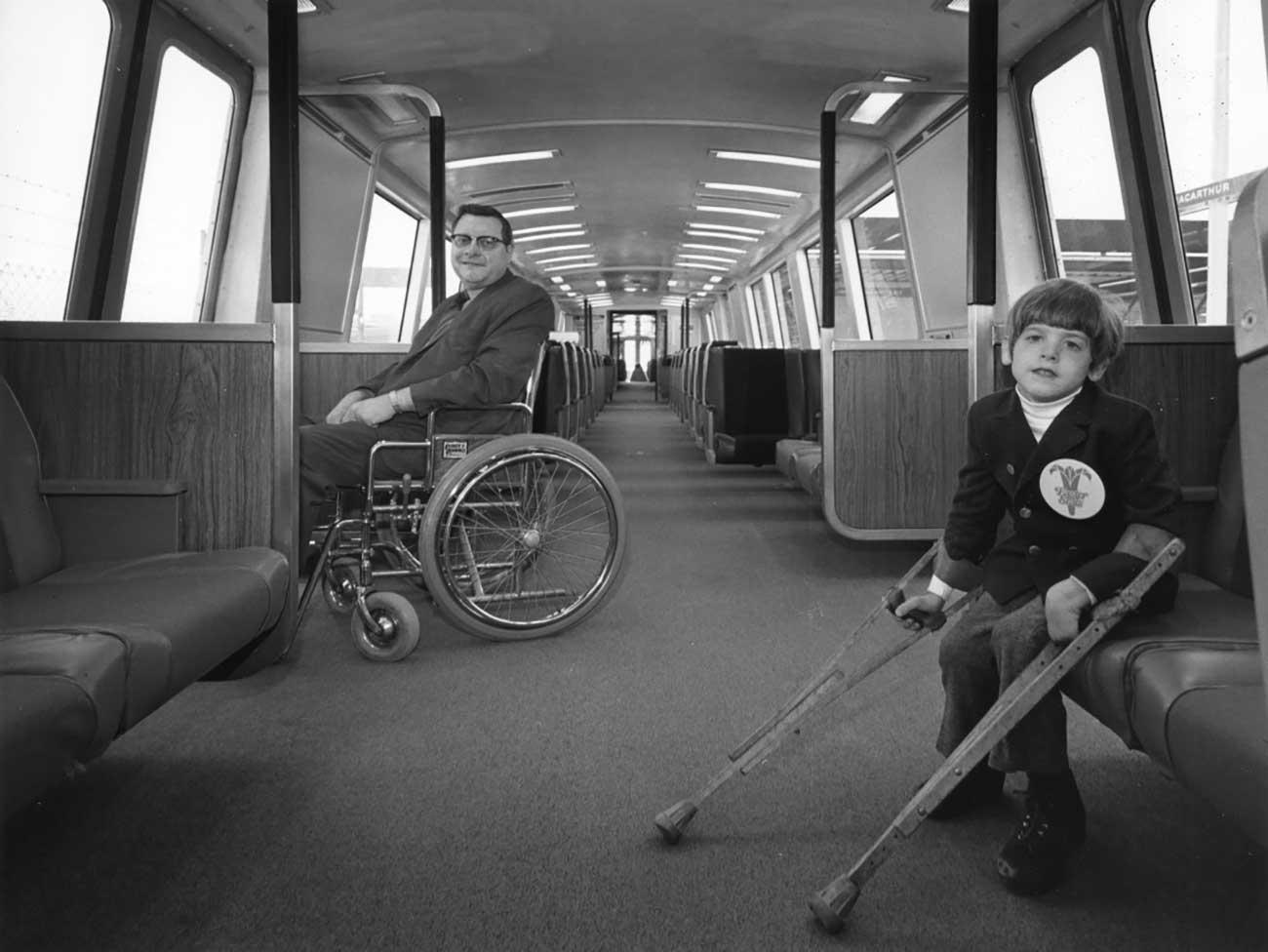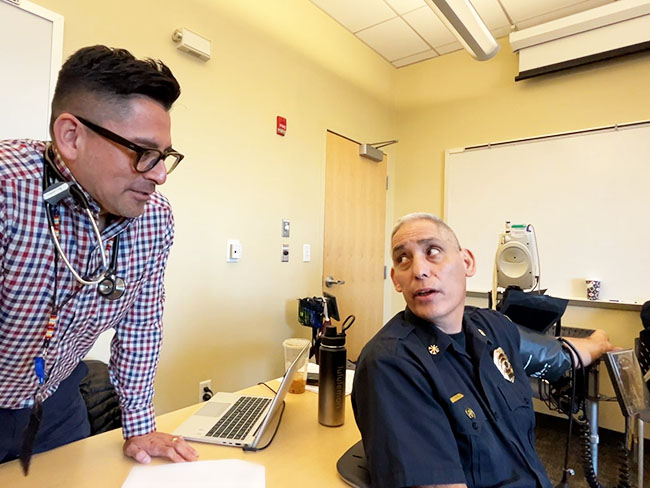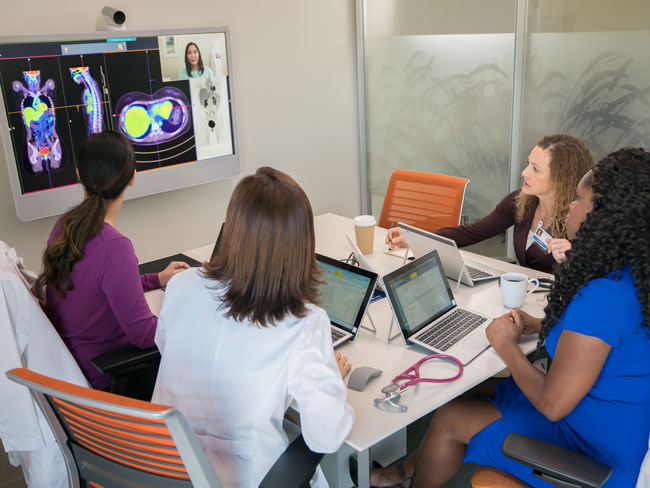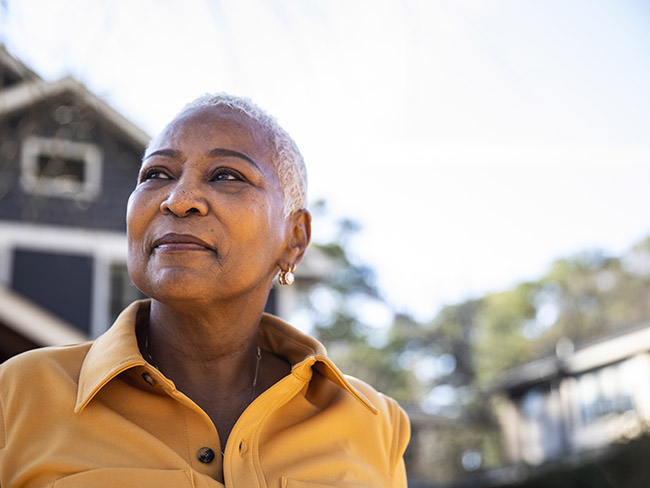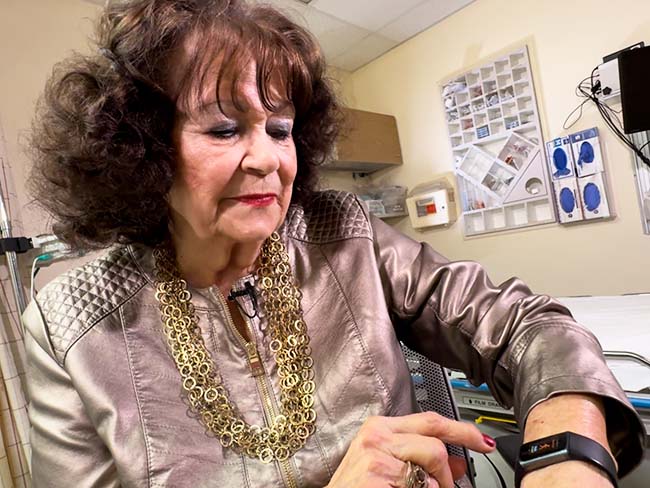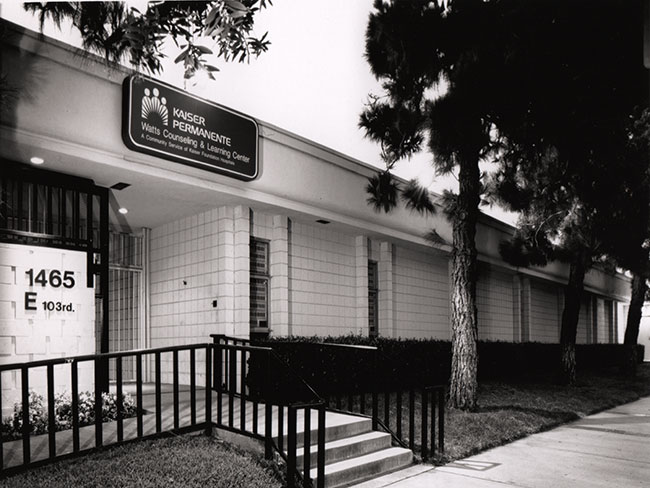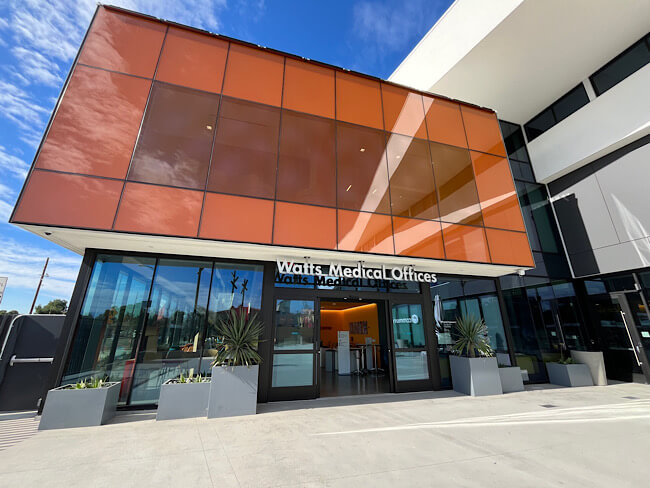Kaiser’s role in building an accessible transit system
Harold Willson, an employee, and an advocate for accessible transportation, helped make public transportation usable for the physically disabled.
BART trans-bay tube built by Kaiser Steel being barged down Napa river, 1968.
Kaiser Steel was the backbone of San Francisco’s mighty Transamerica Pyramid in 1972. And, Kaiser Steel, and Kaiser Permanente, were both also involved in another major Bay Area construction project that opened the same year — the Bay Area Rapid Transit, or BART.
Henry J. Kaiser built the first West Coast integrated steel mill in Fontana in 1942 to supply plates for his seven shipyards, and by the 1960s he had fabrication facilities all over the world. The closest to San Francisco was located south of the town of Napa on the Napa River. Today it’s the Napa Pipe Corporation.
Kaiser Steel won the contract to build the transbay tubes, the tunnel through which the trains scoot back and forth between Oakland and San Francisco. The tubes were prefabricated sections 330 feet long, 48 feet wide, and 24 feet high. They were much more complex than a simple drain culvert, having to endure deep water pressure and earthquakes. Special Teflon-coated seismic joints allowed up to a foot of motion without damage.
BART also required tunnel liner rings — 27,000 of them. These were 36-foot-diameter behemoths weighing 6,500 pounds. Each one was composed of six giant fitted parts, and they reinforced 13 miles of tunnel.
A 2002 article in the Napa Valley Register burst with local pride in this accomplishment. Harold Halterman, Vice President of Kaiser Steel’s Fabricating Operations in Napa and Fontana, was quoted as saying "We kept a couple hundred people busy for five years. It was a fascinating time. People came from (all over the world) to see what we had done.”
And when Kaiser Steel was finished, a Kaiser Permanente employee took on a leading role in making BART accessible to all people.
Harold Willson was a coal miner with a crushed spine who arrived at the Oakland Permanente Foundation Hospital from West Virginia in 1948. At the Kabat-Kaiser Institute of Neuromuscular Rehabilitation in Vallejo, California, he regained mobility and went on to work for the Kaiser Foundation Health Plan. In the mid-1960s Willson, as a volunteer with the Easter Seal Society, became a staunch advocate for making the then-new BART more accessible. This included services we now take for granted, such as station elevators, ramps, chair-high water fountains, and telephones, accessible bathrooms, lowered hand railings, and "kneeling" buses.
While BART was under construction, in 1968 California Governor Ronald Reagan signed Assembly Bill 7, into law, requiring public utilities constructed with state funds to be usable by the physically disabled. This added to BART’s projected costs — just adding elevators (originally, only escalators had been planned) at 28 to 33 stations was projected at $7 million. The city of Berkeley stepped up and offered to pay for the elevator in its Ashby station as a trial.
And it was worth it.
By 1972, an article in the San Francisco Chronicle boasted that “BART Leads Way in Transit System Aid to Handicapped.”
"Whatever the strengths and weaknesses of the Bay Area Rapid Transit system, it can claim one admirable distinction — BART is the first rapid transit system in the world to offer 100% usability, at almost every station, for the handicapped. This claim was made proudly today by Harold L. Willson of Alamo, himself handicapped, partly responsible for the installation of special facilities for the handicapped and elderly along BART’s 75-mile system."
According to Willson, "Accessible transportation is often the deciding factor between being dependent on society, friends or family and being independent within society. I'll never forget that sense of freedom I experienced boarding a BART test train for the first time."
Henry J. Kaiser was a doer and once told his long-time attorney Paul Marrin “Don’t tell me what I can’t do. Figure out a way to do it.” Although Kaiser had already passed away in 1967, surely he would have been proud of Halterman’s and Willson’s accomplishments.
